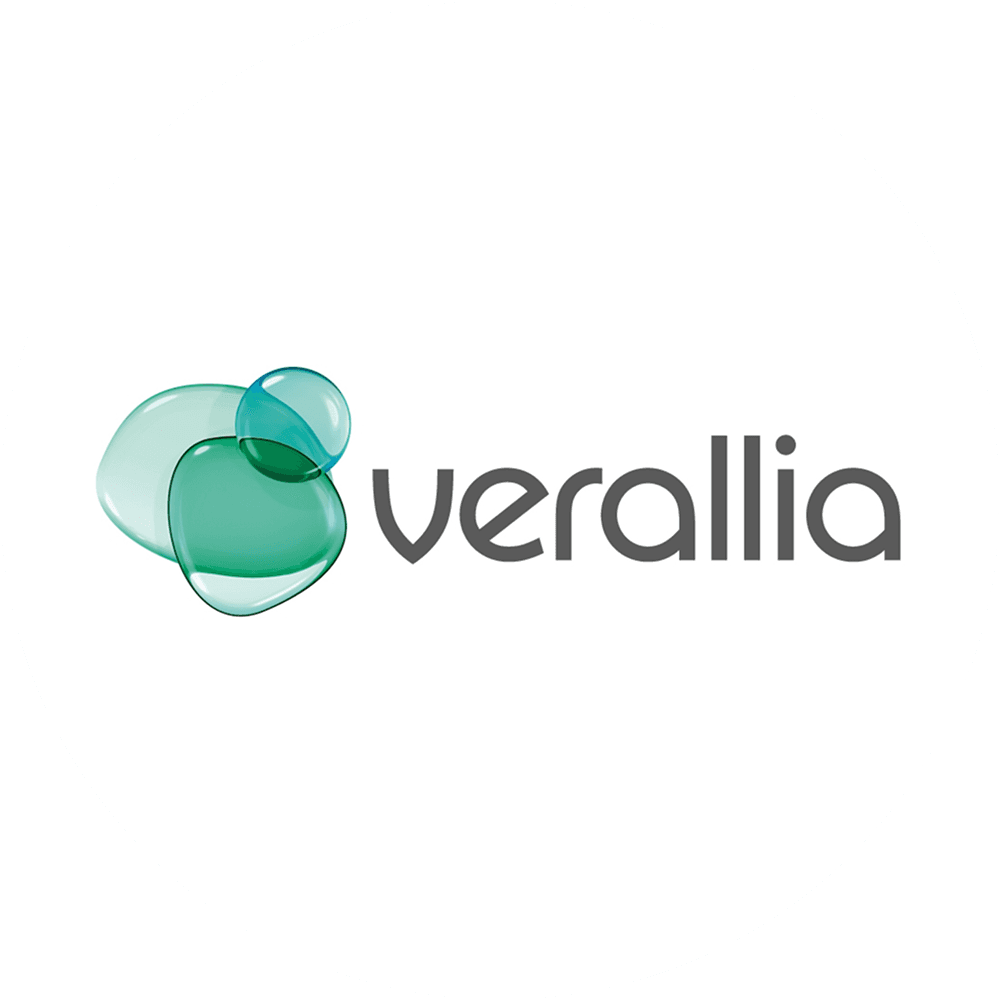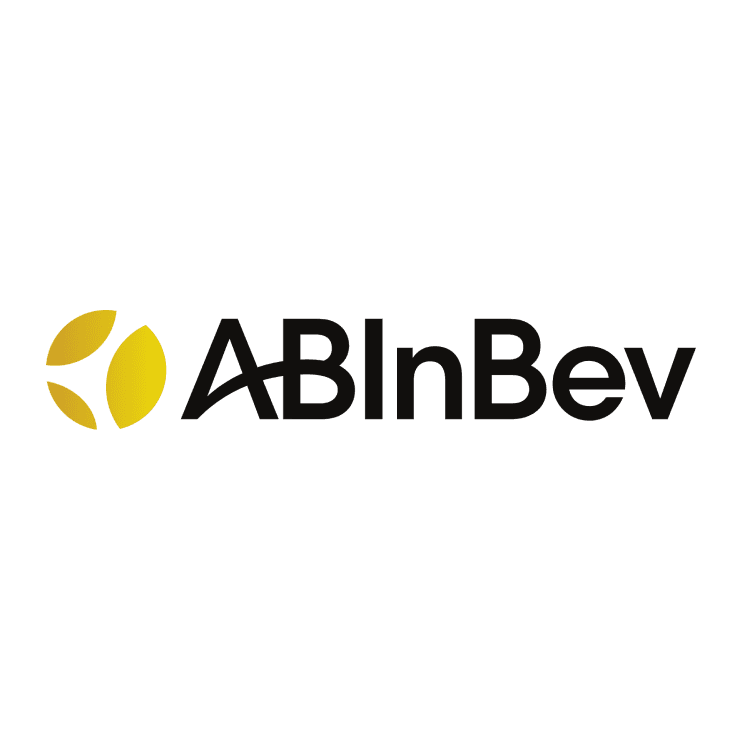Cut Furnace Emissions with Hydrogen-Rich Coke Oven Gas
 Verallia
Verallia
总结
Verallia powers glass furnaces with coke oven gas containing 40% hydrogen, replacing natural gas. Now 50% of melting energy is covered, cutting 8,000 tCO₂e annually.
Context
Verallia is a leading global producer of glass packaging for food and beverages, operating more than 30 plants across 11 countries. Glass melting is one of the most energy-intensive industrial processes and relies heavily on natural gas, making it a significant source of CO₂ emissions. With electrification not yet viable for continuous furnaces, alternative fuels such as hydrogen-rich gases are a key transitional pathway to decarbonize the sector. For Verallia, the use of coke oven gas – or rather a hydrogen-rich energy gas – is an important step in proving the feasibility of the use of hydrogen in container glass furnaces. It is an important step towards the necessary energy transformation to reduce CO2 emissions. The Verallia Group's target is to reduce scope 1 and 2 emissions by 46% by 2030 compared to 2019. A target validated by SBT and in line with the 1,5°C goal. Thanks to the application of hydrogen-rich energy gas Verallia is one step further along its ambitious decarbonization roadmap and well on its way to achieving the final target.
Solution
Verallia’s plant in Essen Karnap is in the direct neighborhood of the ArcelorMittal coking plant in Bottrop. The hydrogen-rich coke oven gas is the byproduct of the coke produced in this plant. Coke oven gas has a hydrogen content of 60%. Usually, the cokery plant uses a gas flare to get rid of the surplus of gas that they cannot use on their own. A cooperation with Verallia, to use this surplus to fuel their glass furnaces is a benefit for both parties. ArcelorMittal has an additional consumer for their gas and Verallia is able to prove the continuous application of hydrogen in glass furnaces. The partnership between the two parties came into effect at the end of 2024, marking the completion of the 3,5km long pipeline between the two plants.
The Verallia plant in Essen Karnap now operates their furnaces with a proportion of 40% hydrogen in the gas mix of natural gas and coke oven gas. 50% of the melting energy of the two furnaces is now supplied by coke oven gas. Following a successful start-up phase, the continuous use of the new gas mix was officially launched on March 6, 2025.
Through the reduced emission factor due to hydrogen in the gas mix, Verallia achieves annual savings of 8,000 tons of CO2.
Thus, the continuous application of the available hydrogen-rich coke oven gas offers an excellent opportunity as a transitional technology in the decarbonization roadmap until green hydrogen is available in sufficient quantities.
Figure 1: Successful implementation of the pilot project

Impact
Sustainability impact
Climate
Coke oven gas contains around 60% hydrogen, which results in significantly lower CO2 emissions compared to natural gas.
Verallia aims to reduce emissions by 46% by 2030 compared to 2019. This measure is part of the decarbonization roadmap.
Coke oven gas serves as a transitional technology until green hydrogen is available in sufficient quantities.
Nature
As a byproduct of the coke production coke oven gas is available in larger quantities than can be used by the cokery plant itself. The consumption of this surplus in glass furnaces instead of gas flares is not only a contribution to the circular economy. It also immediately reduces emissions into the surrounding urban area, through use of the waste gas treatment downstream of the glass furnaces.
Social
The measure helps to secure industrial jobs in Essen.
The involvement of the cities of Essen and Bottrop demonstrates regional cooperation that also strengthens the social environment.
Business impact
Benefits
The application of coke oven gas in continuous operation signifies an innovative advantage in combustion technology. The investment has an additional research and development background for scaling the technology across the group.
Costs
Long-term planning: A contract secures the gas supply and enables planning security for the energy supply.
Savings potential: The reduction in CO2 could also reduce costs in the long term through CO2 certificates and regulatory requirements.
Impact beyond sustainability and business
Co-benefits
Strengthens reputation in industrial decarbonization and demonstrates transitional hydrogen solutions for hard-to-abate sectors
Potential side-effects
No negative side-effects resulted from the projects. The change from natural gas to the hydrogen-rich gas mix has not impacted production or product quality.
Sulfur and nitrogen oxide emissions are mitigated in the waste gas treatment facilities of the plant. Coke oven gas itself has no additional impact on the sulfur content of emissions in comparison to natural gas.
Implementation
Typical business profile
Relevant for energy-intensive industries (glass, steel, cement) located near hydrogen-rich gas sources or coke oven facilities.
Approach
Identify hydrogen-rich gas sources near production sites.
Secure long-term partnership with supplier.
Construct pipeline and adapt necessary plant infrastructure.
Test and validate furnace performance.
Scale continuous operation.
Stakeholders involved
Internal Stakeholders involved
Plant and technical project leads
Employees of plant Essen
Technical department combustion specialists
R&D department combustion specialists
Management board
Business functions of the company
External Stakeholders involved
ArcelorMittal: With a production volume of around 8 million tons of crude steel, ArcelorMittal is one of the largest steel manufacturers in Germany.
Uniper: Uniper is a European energy company with a global reach, headquartered in Düsseldorf and operating in more than 40 countries. With around 7,400 employees, the company makes an important contribution to security of supply in Europe, particularly in its core markets of Germany, the United Kingdom, Sweden, and the Netherlands.
City Essen
City Bottrop
Key parameters to consider
The change from natural gas to a hydrogen-rich gas in glass furnaces requires the change of key parameters in the main combustion settings which are confidential.
The change in the gas composition requires an update of the risk analysis and safety measures on site.
